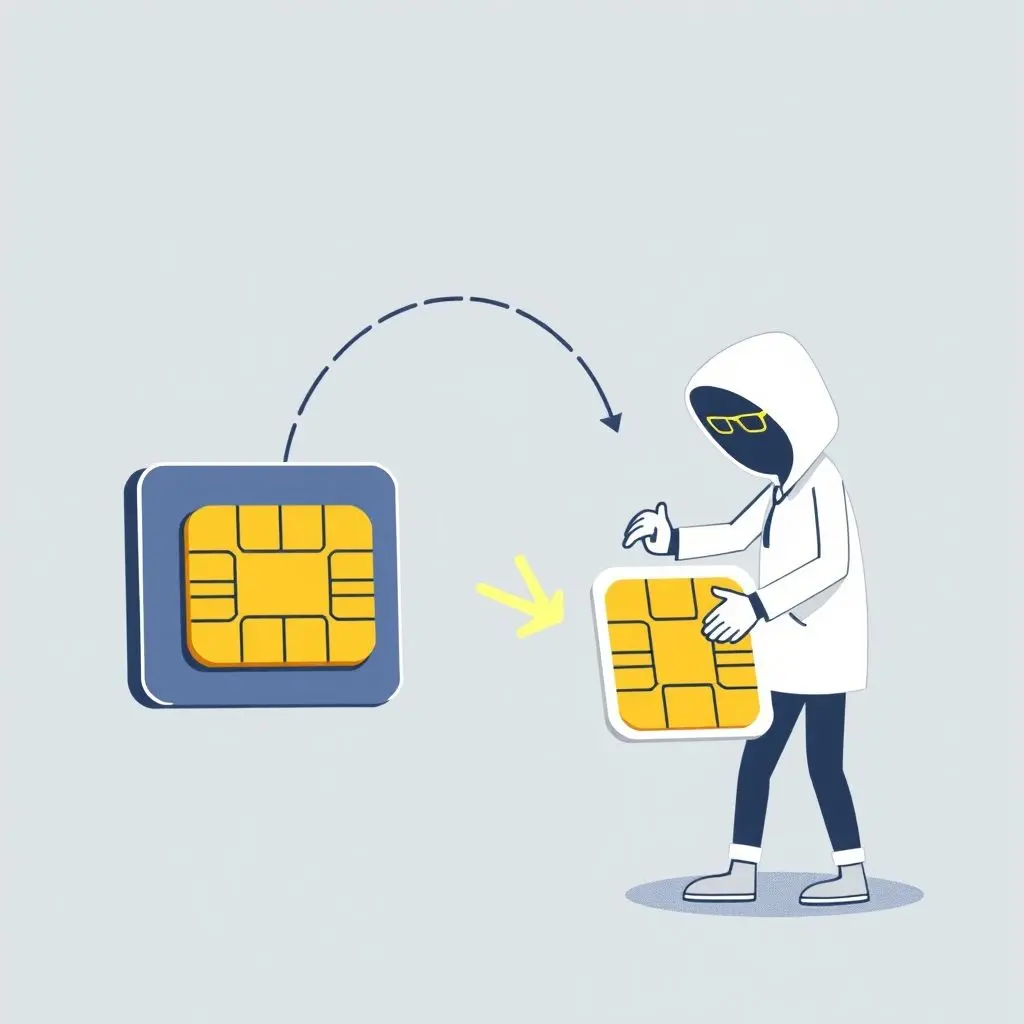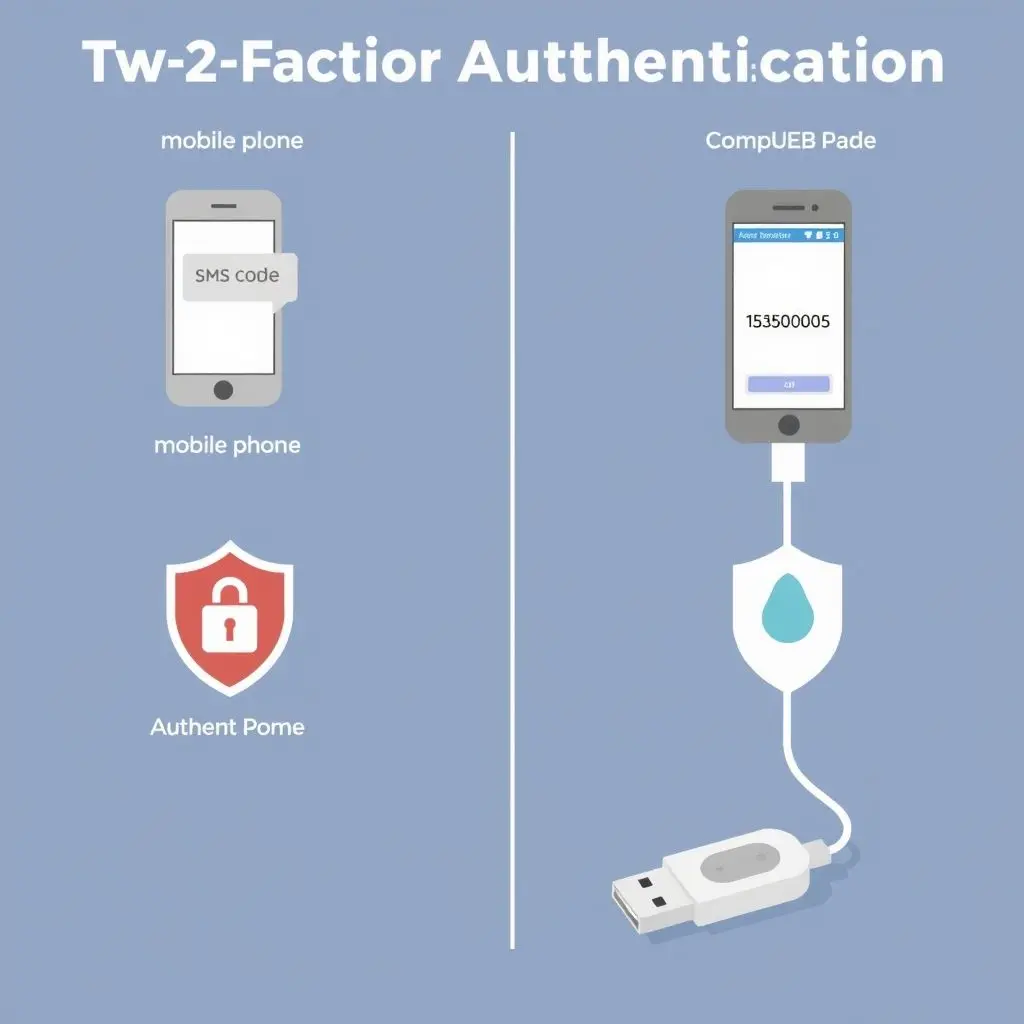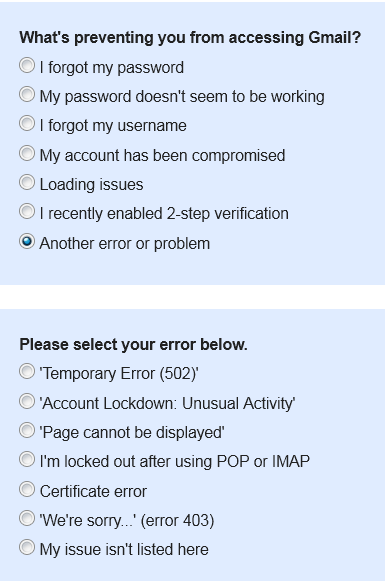Imagine this: you still have your physical phone, but your phone number suddenly stops working. No calls, no texts, no data. Within minutes, alerts start flooding in about activity on your bank account, your email, your social media. This isn’t just a broken phone or a network issue. This is the terrifying reality of a SIM swapping attack, a subtle yet devastating form of digital identity theft.
At its core, SIM swapping – sometimes called a ‘port-out scam’ or ‘SIM splitting’ – is a fraud technique where criminals trick your mobile carrier into transferring your phone number to a new SIM card they control. Think of it as digitally stealing your phone number and plugging it into their device. Why go through all this trouble for just a phone number? Because for many people, their phone number is the linchpin of their digital identity and security.
Table of Contents
How Do They Pull Off a SIM Swap?
It’s not usually random. These attacks often begin with fraudsters gathering information about you. This data can come from various sources:
- Data Breaches: Your information might have been exposed in past breaches of websites or services you use.
- Phishing: Scammers might trick you into revealing personal details through fake emails, texts, or calls.
- Social Media: Publicly available information about you can be pieced together.
- Information Brokers: Criminals can even purchase your data illegally on the dark web.
Once armed with enough details – perhaps your full name, address, date of birth, or even account numbers – they contact your mobile carrier. They impersonate you, claiming they’ve lost their phone or need a new SIM card because the old one is damaged. Using the stolen information, they attempt to pass the carrier’s verification process.

If successful, the carrier unwittingly deactivates the SIM card in your phone and activates a new one held by the fraudster with your number. At this point, your phone number is effectively hijacked. The criminal is now in control of your calls and, crucially, your text messages.
The Devastating Impact: Why Your Number is a Goldmine
Why is control of your phone number such a critical gain for attackers? Because phone numbers are widely used for two major security functions:
- Account Recovery: If you forget a password, many services allow you to reset it by sending a code to your registered phone number via SMS.
- Two-Factor Authentication (2FA) via SMS: Many services offer SMS as a second layer of security. After entering your password, a code is sent to your phone number which you must enter to log in.
With your number under their control, the SIM swapper can now initiate password resets on your sensitive accounts – banking portals, email services, cryptocurrency wallets, social media, investment platforms, etc. They request a reset code, and instead of it coming to your phone, it lands directly on *their* device. Using this code, they can gain full access, change passwords, lock you out, and quickly drain financial accounts or steal sensitive data.

It’s a direct backdoor into your digital life, bypassing traditional password security by exploiting the weakest link: the phone number linked to so many services.
Need a Quick Rundown? Watch Our Short!
Want a quick visual summary of what SIM swapping is and why it’s dangerous? We put together a brief YouTube short explaining the core concept and threat. Take a minute to watch it below:
Putting Up Your Shield: How to Protect Yourself
The good news is that while alarming, SIM swapping is often preventable if you take proactive steps. Your primary defenses lie with your mobile carrier and how you secure your online accounts.
1. Beef Up Security With Your Mobile Carrier
This is your frontline defense. Contact your mobile carrier *today* and ask what security measures they offer to prevent unauthorized number transfers or changes. Most carriers allow you to set up a dedicated SIM swap protection PIN or password for your account. This is different from your phone’s lock screen PIN. Make this PIN/password strong and unique – don’t use easily guessable information like your birth date or part of your address. Some carriers might offer even more advanced security options, like requiring a physical visit to a store for certain changes.

2. Ditch SMS for Stronger Two-Factor Authentication
While any 2FA is better than none, SMS-based 2FA is vulnerable to SIM swapping because the codes are sent to your phone number. For critical accounts (banking, email, social media, crypto), switch to more secure forms of 2FA:
- Authenticator Apps: Apps like Google Authenticator, Authy, or Microsoft Authenticator generate time-based codes directly on your device. These codes don’t rely on your phone number or cellular network, making them immune to SIM swaps.
- Hardware Security Keys: Physical keys like YubiKey provide the strongest protection. You must physically plug the key into your device or tap it via NFC to log in. They are highly resistant to phishing and SIM swapping.

3. Be Vigilant About Phishing and Personal Information
SIM swappers need your information. Be extremely cautious about unsolicited communications asking for personal details. Never click suspicious links in emails or texts, and verify the identity of anyone calling you asking for account information, especially if they claim to be from your carrier or bank. Avoid oversharing sensitive information on social media.

4. Monitor Your Accounts
Regularly check your bank statements, credit card activity, and login history for your important online accounts. Unusual activity could be an early warning sign that something is amiss.
What If You Suspect a SIM Swap Has Happened?
Time is of the essence. If your phone service suddenly cuts out unexpectedly or you get notifications about logins/transfers you didn’t make, act immediately:
- Contact Your Carrier: Report the suspected fraudulent activity immediately. Try to regain control of your number.
- Notify Financial Institutions & Service Providers: Call your banks, credit card companies, email provider, and any service where you have sensitive information or funds. Inform them you believe your phone number has been compromised and ask them to flag your accounts for suspicious activity or temporarily freeze them.
- Change Passwords: Change passwords for all critical accounts from a secure device *immediately*. Prioritize email, banking, and accounts linked to financial assets.
- File a Police Report: This is crucial for documenting the crime and may be required by banks or insurance companies.
- Contact Credit Bureaus: Consider placing a fraud alert or credit freeze on your credit reports.
Your Burning Questions Answered
Is my mobile carrier liable if I’m a victim?
This is a complex legal area. While carriers are improving security, they often argue they are not liable if their standard verification procedures were followed, even if the information used by the fraudster was stolen. However, regulatory pressure and lawsuits are pushing carriers to implement stronger default protections. Ultimately, protecting yourself is a shared responsibility.
Can I request specific anti-SIM swap measures from my carrier?
Yes, you absolutely should. Ask specifically about setting up a dedicated SIM swap PIN or password. Some carriers might have internal flags they can add to your account requiring extra verification steps for number transfers, though availability varies.
How quickly can a SIM swap happen?
Once the fraudster successfully convinces the carrier representative, the actual transfer of service to the new SIM card can happen very quickly – sometimes within minutes. This is why immediate action upon suspicion is critical.
Does a SIM swap only affect my phone service?
No, the phone service interruption is just the *means* to an end. The real target is access to your online accounts that are linked to your phone number for security or recovery purposes.
Keeping Your Digital Realm Secure
SIM swapping is a stark reminder that in our interconnected world, even something as seemingly simple as your phone number can become a vulnerability. Attackers are constantly seeking the path of least resistance, and often, that path leads through compromised phone-based security measures.
Taking the time today to reinforce your defenses – setting that carrier PIN, switching to authenticator apps, and being extra cautious with personal information – isn’t being overly paranoid. It’s being smart and proactive. It’s about safeguarding not just your accounts, but your peace of mind in the digital landscape.
Disclaimer: Security practices and carrier policies can change. Always verify the latest recommendations and security options directly with your mobile carrier and service providers.





